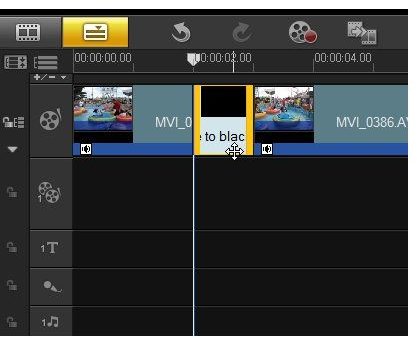

In a practical sense, this is when the crew changes the set and the actors change costumes. In theater, a fade-out/fade-down (again called a fade-to-black) is in complete darkness. In part, the fade-to-black or dissolve-to-black (since it’s technically a dissolve to a black matte) also works well because it’s an unmistakable theater throwback. When to Fade Out Fade-to-black is used in stage performances to note the end of a chapter, and gives the crew time to change sets. And then, there are moments in the same film where we want to make the cut almost imperceptible, like butter, as the phrase goes. We realize that there are moments when it is better to emphasize the cut. My tendency, as I think is the case with most editors today, is to fall somewhere in the middle.

In that sense, Soviet-style cuts are mini-transitions. At the level of a cut from shot to shot, the transition is either below consciousness, as in the classic American School of editing which tries to hide the cut, or it is made conscious, as in the Soviet School. In an interview with, Kiran Ganti asks veteran editor Walter Murch if editors are trying to make the audience aware that it’s happening? Other than falling asleep (or passing out), when do we see something fade to black? By fading a scene to black, we’re pulling the audience out of the film. Yet, fading out to black (or white) is seemingly unnatural. If a character slides a hidden note to our protagonist, we should cut to a closeup of the message. For example, if an action takes place off-screen, and the character looks at the noise, we should cut to the action just like we would turn our heads. In The Blink of an Eye, Walter Murch (editor of Apocalypse Now) argues that editing should proceed with natural human reaction. It’s only when we see jarring cuts that we lose the sense of immersion. The moment the audience becomes aware of the cut is the moment you’ve failed. If an editor has done their job right, the work will go unnoticed. If you’ve read any editing textbook, you’ll learn that editing should be invisible. Fading to black is the smoothest dissolve transition there is, but it’s good for more than just endings.


 0 kommentar(er)
0 kommentar(er)
